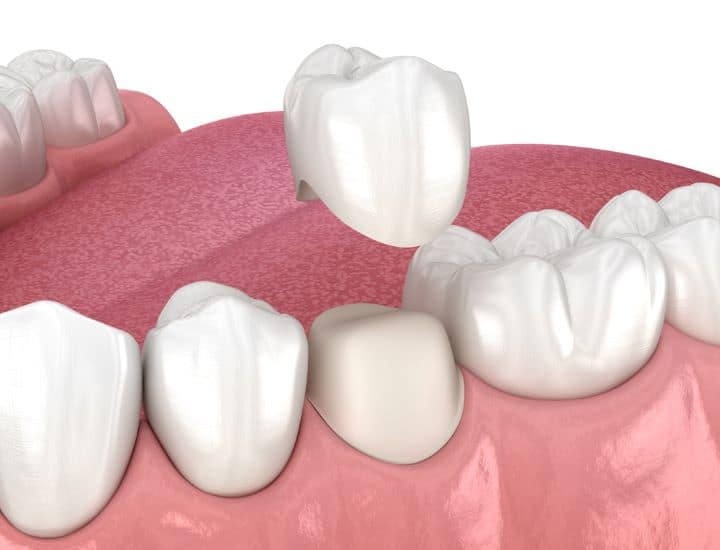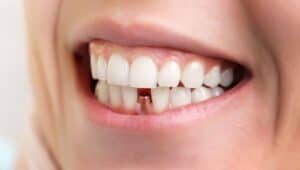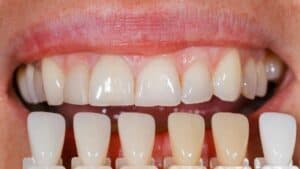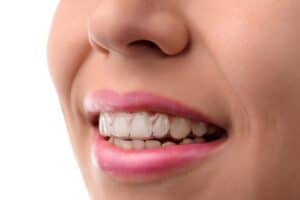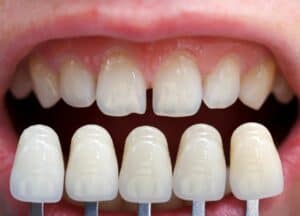Tooth restoration deals with the replacement or repair of broken teeth.

Tooth restoration is indispensable for preserving general dental health, functionality, and comfort; it’s not just about looks. In this article, we will explore the many kinds of tooth restorations, their advantages, and how they might improve your dental health.
In terms of dental health, tooth restoration—which deals with the replacement or repair of broken teeth—is essential. Tooth restoration is indispensable for preserving general dental health, functionality, and comfort; it’s not just about looks.
In this article, we will explore the many kinds of tooth restorations, their advantages, and how they might improve your dental health in this extensive overview.
The Significance of Dental Repair
Although teeth are strong, they are not unbreakable. Dental issues can result from trauma, aging, and even heredity. Ignoring these problems can have serious consequences, including increased decay, infection, and even tooth loss.
The goal of tooth restoration is to restore your mouth’s health and functionality, not only to address a cosmetic concern.
Types of Tooth Restorations
Tooth Filling
Fillings, one of the most popular and least invasive restorative treatments, are used to fix small fractures or tooth rot. Restoring the tooth’s form and function involves drilling and removing the decayed part of the tooth and filling the cavity with materials such as amalgam or composite resins.
Dental Crown
When there is extensive decay or damage to a tooth, a dental crown, also known as a dental cap, is cemented to the tooth once the decayed part of the tooth is removed. Its purpose is to offer strength and protection by covering the whole visible region of the tooth known as the tooth crown.
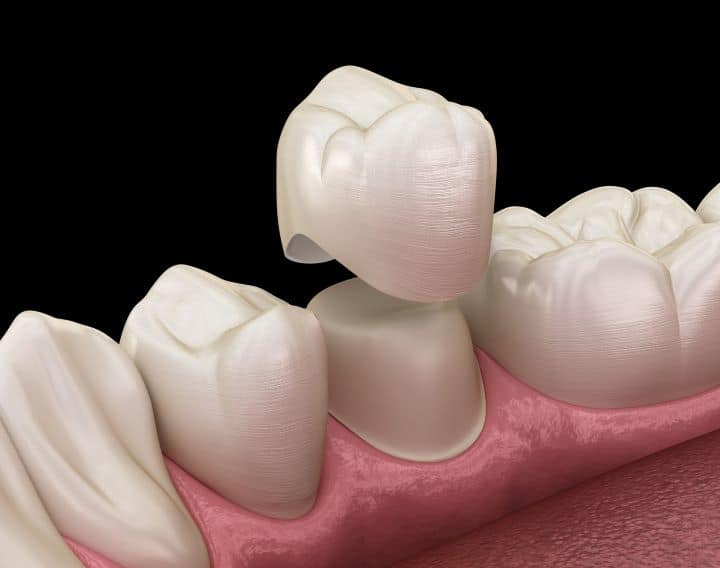
Dental crowns can be all metal, porcelain fused with metal or all ceramic. Discuss your budget, expectations from the procedure, and tooth condition with your dentist to help you decide what type will best suit your requirements.
Bridges
When one or more teeth are missing, they can be replaced with a dental bridge. A dental bridge essentially bridges the gap between the adjacent teeth by anchoring the fake teeth with crowns. This means the teeth adjacent to the gap are used as anchors and are called ‘abutment teeth’.
These are used to support the dental bridge which has artificially fabricated crowns or crowns attached to it and is cemented onto these abutment teeth. However, long-span dental bridges should be supported by dental implants to increase their durability. Your dentist is the best person to talk to if you want to know more about dental bridges.
Implants
Dental implants are a long-term approach to replace lost teeth. To support a replacement tooth, they entail screwing a metal post into the jawbone. This metal post is predominantly made of titanium metal since it fuses to the jaw bone with the least difficulty.
Once this fusion is confirmed, the artificial dental crown is screwed to the top of the metal post. However, dental implants need diligent oral hygiene otherwise the chances of failure by infection are quite high.
Dentures
Dentures are removable or fixed dental prostheses that can help you smile again by replacing lost teeth.
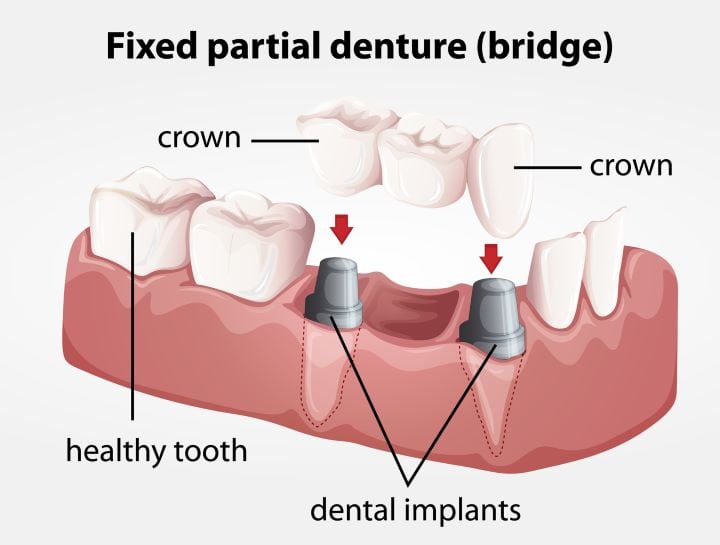
They might be full, replacing a whole set of teeth, or partial, replacing a few missing teeth. Full dentures can now be fixed to a set of dental implants to make it more convenient to wear and reduce its displacement with the movement of oral muscles during speaking or chewing.
Root Canal Treatment
A root canal procedure is required when dental infection or decay reaches the pulp of the tooth which is the innermost part of the tooth that houses the blood and nerve supply of the tooth.
This process entails extracting the diseased pulp, cleaning the tooth’s interior, and sealing it to stop additional harm. Thereafter, a dental crown is cemented to the tooth to restore its strength so it can bear the masticatory forces.
Selecting the Proper Restorative Technique
The following considerations influence the restoration procedure selection:
Damage Extent: More elaborate processes can be necessary for damage that is larger or more complex. Dental crowns are recommended instead of fillings if a large chunk of the tooth is damaged.
Dental Health: The choice of treatment may be influenced by one’s overall dental health. Dental implants are not recommended for patients with poor oral hygiene since the chances of gum infection and therefore of the implant is higher.
Budget and Personal Preferences: Depending on personal preferences and financial limitations, certain repairs may be more appropriate than others.
The dentist’s advice: Determining the best course of action requires a professional evaluation from a dentist. So, ask the expert for what is best for you.
The Tooth Restoration Procedure
Consultation and Evaluation:
Your dentist will perform a comprehensive exam as the initial stage in tooth replacement. Your dentist will assess the level of damage to your teeth and go over the different repair options with you during this session.
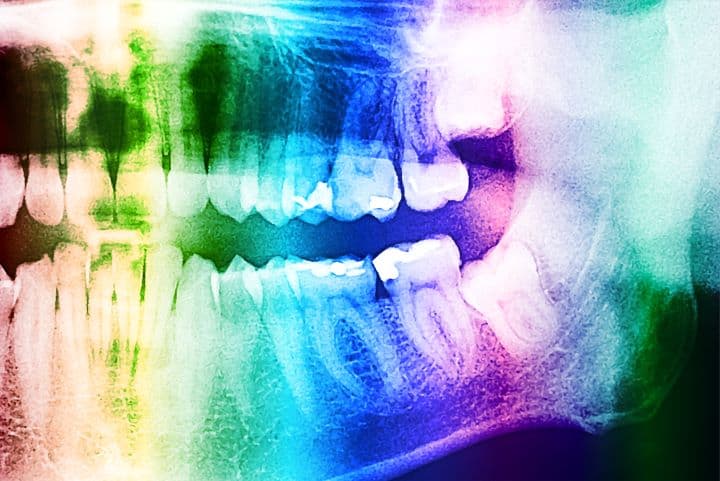
For a full picture of your dental health, this may involve digital scans, x-ray, a series of x-rays or even a large x-ray called an OPG to help with the precise evaluation. Creating a customized treatment plan that meets your unique dental needs is the aim here.
Getting ready:
Depending on the kind of restoration you require, different preparations will be done by your dentist. For example, the dentist will clean and remove decay from a particular tooth if you’re getting a filling.
A tooth reshaping may be necessary to achieve a perfect fit for crowns or bridges. This is an important stage because it lays the foundation for a successful and durable crown or bridge.
Restoration Procedure:
This phase involves fixing your teeth. Dental operations that include multiple steps and serve diverse purposes include crowns, bridges, implants, fillings, and dentures.
Dental crowns:
The process includes filing down the tooth to make room for the crown, taking an impression of the tooth, and then applying a temporary crown. When the permanent crown is finished, it is bonded onto the tooth that has been altered. It is created in a lab.
Dental bridges:
To support the bridge, the neighboring teeth, or abutments, must be prepared and modified. Artificial teeth are placed in the gap after a custom bridge made from the impressions is put into place.
Dental implants:
The process includes making an incision in the jawbone to surgically place a metal post, usually made of titanium. Following healing, the post is fitted with an abutment, and a crown that resembles a real tooth is placed on top.
Dental Fillings:
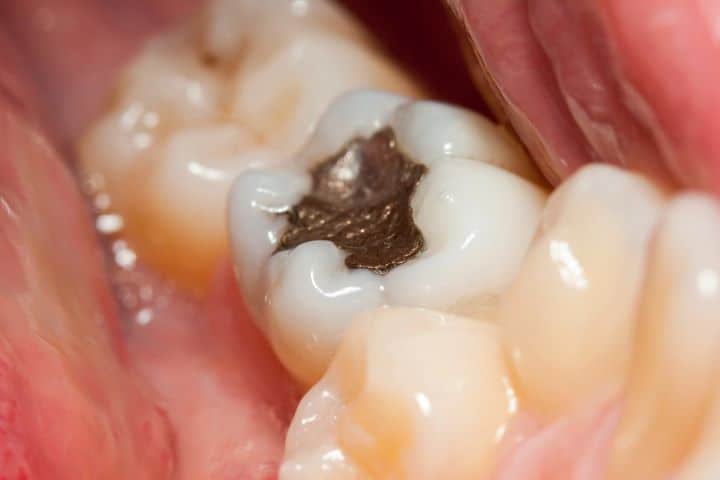
After removing the decaying tooth material and cleaning the region, the dentist uses a filling substance, such as amalgam, composite resin, or gold, to fill the cavity.
Dentures:
Making personalized dentures requires measuring the jaw and collecting impressions. After the dentures are created, fit and comfort adjustments may be made.
If the denture has been planned with implants, the implants will first be surgically placed and once they have fused with the jaw bone only then will they be fitted with the denture.
Recuperation and Aftercare:
The effectiveness of the restoration depends on the post-procedure care. It might entail dietary adjustments to preserve the recently replaced teeth, among other lifestyle changes. Additionally, your dentist will arrange for follow-up appointments to assess the restoration and offer maintenance advice.
Advantages of tooth restoration
There are several advantages to tooth restoration that go beyond bettering aesthetics and dental health. Here is a further explanation of these benefits from a variety of sources:
Optimized Dental Function:
Restoring the functionality of your teeth is very much dependent on restorative dentistry procedures. Bridges, dental crowns, and dental implants are among the few common restorative treatments that provide you the confidence to chew properly, pronounce properly, and smile brilliantly.
Improved Aesthetics:
These options restore the appearance of your smile in addition to providing enhanced tooth function. You can get a more appealing and natural-looking smile by using procedures like bonding, veneers, and crowns to treat aesthetic problems including discoloration and misalignment.
Pain Relief:
Dental decay, infections, and fractures can all result in excruciating pain. By treating the underlying problems, restorative dentistry reduces this discomfort.
Comfort and Convenience:
A lot of restorative dental operations are simple, easy, and handy, needing little planning ahead of time or recovery time.

Preventing Additional Dental Disorders:
Promptly attending to dental disorders through restoration procedures can stop petty problems from developing into complicated and expensive conditions. The simple act of replacing a missing tooth contributes to the preservation of jaw bone density, averting the degradation of bone that happens when teeth are absent for prolonged periods.
Long-Lasting Results:
Restorative operations can last up to ten years with good oral care and routine dental visits.
Fill in Uneven Spaces:
By filling in the gaps between teeth, dental restorations can maintain teeth in their right alignment and lower the chance of developing new dental problems.
Enhancement of Overall Health and Sense of self-worth
Having a beautiful, healthy smile promotes both strong self-esteem and general health. Following restorative dental procedures, patients frequently report feeling more confident and having better mental health.
Tailor-made Solutions:
Restorative dentistry provides customized oral care based on each patient’s particular requirements and preferences, ensuring that every individual receives the best treatment possible for their specific dental condition.
To Live a Fulfilling Life:
Aesthetically appealing and fully functional dentition not only allows you to enjoy a wide variety of food options but also ensures a clear speech function and a self-assured smile, all of which, together, contribute towards an overall improved quality of life.
Conservation of Natural Tooth Structure:
Preserving as much natural tooth structure as is practically feasible is the primary aim of restorative dentistry. This maintains the strength and integrity of the tooth structure.
Handling Your Dental Restoration
1. Diligent Oral Hygiene: Maintaining both natural and repaired teeth requires frequent brushing, flossing, and dental examinations.
2. Refraining from Bad Habits: Steer clear of bad habits that can harm your restorations, such as biting on hard objects or opening items with your teeth.
3. Timely Repairs: Exercise caution. See a dentist right away if you discover any problems with your restorations, such as a loose crown or a fractured filling, to prevent more problems.
Advances in Restorative Dentistry
Restorative Dentistry is a field that is always changing. Improvements in implant surgery techniques, the use of digital technology in dental operations, and the development of more aesthetically pleasing and lasting filling materials have all contributed to improved patient experiences and outcomes.
In summary
You can be better equipped to make decisions regarding your dental treatment if you are aware of these features of tooth restoration. It’s about restoring your oral health, functioning, and self-confidence—it’s not simply about correcting a tooth problem.
FAQs
- What is a Tooth restoration?
Dental prostheses or procedures performed to preserve the structure and function of the tooth constitute tooth restoration. They are dental fillings, dental crowns, bridges and implants.
2. How long do the restorations last?
With proper care and precautions, tooth restorations can last up to decades.
3. Are tooth restorations painful?
No. However, since the pain threshold is variable for everyone, you can always ask for anesthesia if you feel uncomfortable or anxious of a dental procedure.
4. Are amalgam restorations safe?
Yes. However, it is not recommended for pregnant women, children, and immunocompromised individuals.
5. What are indirect restorations?
When a tooth is too damaged for a dental filling but doesn’t require a dental crown either, indirect restorations such as inlays and onlays are used to restore such teeth and are called indirect restorations.
6. Will the restored teeth look natural in appearance?
Yes. If you opt for tooth-colored restorations such as composite fillings and metal-ceramic or all-ceramic dental crowns and bridges, you won’t be able to differentiate between your natural tooth and the restoration.
7. How long is the recovery period?
Restorations such as dental fillings practically have no recovery period while it might take quite some time to get used to the complete denture or heal from the surgical procedure for implants.
8. Which tooth restoration is ideal for you?
It depends on the extent of damage to the tooth/teeth. Your dentist will be able to guide you to the ideal restoration once a detailed oral examination has been done.
9. How much do dental restorations cost?
Some restorations such as dental fillings cost less while dental bridges and implants can cost you more. Book an appointment with your dentist to know more.
10. Does insurance cover the cost of dental restorations?
Most insurance policies cover the cost however, it is best to know the details from your insurance provider.

